Early (and present day) American writers in Italy
impressions and descriptions of 19th century travel, armchair travel
As autumn approaches many of us become “armchair travelers” taking advantage of videos by intrepid explorers or Netflix series filmed on the Amalfi coast. I highly recommend “Ripley “ and the sexy series “Inganno”(Deceitful Love) with Monica Guerritori and the handsome Italo-Canadian actor Giacomo Gianniotti.
If you want to organize a visit to this enchanting area of Italy be sure you get a copy of Laura Thayer’s latest guidebook. A resident in Amalfi, Laura follows in the footsteps of those early American writers who discovered, and wrote about Italy as they experienced it.
If you enjoy historical novels with Italian settings that will whisk you back in time check out those written by expat author and neighbor Linda Lappin whose “The Etruscan” and “Signatures in Stone” feature 1920s descriptions of Etruria. Her creative writing workbook is a boon for writers looking for ideas and exercises.
For a virtual trek through the countryside of central Italy one can follow the youtube channel of two retired teachers turned “Indiana Jones”. Besides treks to Etruscan tombs, they recently wandered into a huge abandoned monastery filled with frescoes just outside of Orvieto. Click on the underlined links for a taste of these hidden places and the tongue-in-cheek Italian dialogue of the two explorers!
Until recently the area of central Italy just north of Rome known as Etruria or Tuscia was under the radar, not an area to linger, but to cross quickly after visiting the art cities of Siena and Florence. Early travelers may have appreciated the castles, villages, lakes and good wines but they were equally terrified by the possiblity of encountering bandits or getting malaria. They avoided stops in the open countryside or wooded areas, places favored by bandits and it was necessary to get inside the protective walls that surrounded the towns (Buonconvento, Orvieto, Montefiascone, Bolsena or Viterbo) before nightfall when the town gates were locked for curfew /coprifuoco.
Here are some snippets from a literary couple who visited Tuscia in 1858. Nathaniel Hawthorne was a famous novelist and customs agent who was considered one of the handsomest men of his time.
a good looking guy from Massachusetts
an example of Sophie Hawthorne’s letters home - no wasted space
During an extended stay in Italy the writer and his wife wrote their impressions in letters they sent back to family in Concord, Massachusetts. Sophie Peabody Hawthorne, as an artist and mother, was concerned about the malaria which was common in the campagna while her husband noted details like the lack of cleanliness and the large pigs that gobbled up rotten vegetables in the narrow streets of Bolsena.
some of the Hawthorne family : Sophie, Nathaniel and daughter Una
As a good New England Puritan, (The Scarlet Letter , House of Seven Gables ) Hawthorne was surprised by the coexistence of religion and revelry in Roman culture. During a visit to the Colosseum he noticed some carriages had stopped at the entrance of the famous ruin , “…on the steps there were groups singing and laughing. I found it a strange place for song and laughter, next to the black cross that marked where thousands of gladiators had found only blood and death….in Italy religion coexists alongside work and sport and people don’t find it strange to kneel down and pray or to see others praying between two moments of joy or between two sins”.
Hawthorne had a love-hate relationship with Rome for he had caught cold on the carriage ride from the port of Civitavecchia and his daughter, Una, almost died with a flu she caught staying out late to sketch in the Forum. He hated the dirty streets, beggars and ragged children, the dilapidated damp buildings but then, when the good weather arrived, he went to visit Villa Borghese and the Capitoline Museums and realized what a magical place Rome was- it also inspired his new novel The Marble Faun.
Mark Twain (pen name of Samuel Clemens) was another American writer who landed in Civitavecchia with 150 other travelers on the first cruise organized just for pleasure. The ship “Quaker City” had departed from New York in June 1867 for a long cruise that touched Italy, the Holy Land, Egypt and Greece. Always the prolific writer, Twain narrated everything in his ironic “Innocents Abroad”, a best seller of the day.
When the ship arrived at Civitavecchia-the main port for the Papal States-suspicion was aroused among the customs officers because the ship had taken an excursion to Caprera to visit Garibaldi’s house. They suspected that the ship was carrying a seditious group of “bloody Garibaldini “ so passports, other documents and the entire ship were inspected several times and the passengers were kept under control until they sailed for Naples.
a formal photo of Mark Twain
Because of this treatment, the writer was left with a bad impression of Civitavecchia and the Papal States, “Civitavecchia is the most horrible den of filth, insects and ignorance in which we have come across so far. Here people live in narrow alleys paved with stones covered like a carpet with dead cats, rags, rotten vegetables, old shoes, and the people sit around here and there on wooden stools. They work two, maybe three hours at a time ..these people are very dirty, both in face and in dress. It is frightfully hot…there is nothing to see here at all.”
In Rome Twain slowly learned to relax and adopted the lifestyle of the city he called “a museum of magnificence and misery “ . He later spent many years living and writing in a villa on the Florentine hills.
What impressions do today’s visitors have as they arrive in the port of Civitavecchia or travel south along the ancient Via Cassia towards the Eternal City ? Thanks to upgrades after the massive destruction of WWII, new communication systems and modern technology the port has grown becoming the largest in the Mediterranean with over 2.5 million people passing through annually.
It has improved enormously…they now have hundreds of helpful articles (some written by me) on their website ! Take a look and learn how many wonderful places there are to visit close to the port. For recommendations, local guides and itineraries see the port website or ask me.
Another plus is the self guided app by Voicemap.me which helps cruise passengers make an independent and inexpensive visit to this important ancient/modern port city more interesting.
Today American writers and visitors from around the world are no longer hassled by customs officials - only by hawkers selling hats and taxi drivers as they exit the port area!
Click on the underlined links for in depth information. Visit my website for information (some outdated), reviews of my publications and a (very long ) bibliography.
The Painted Palazzo on line magazine will always be free for subscribers and readers. If you wish to order paper or ebook copies of my publications (they make special Christmas gifts for Italophiles), send me a message. I mail out twice weekly. Postage (Raccomandata) to Italian addresses is 4,70euro, to USA 13 euro.
Mark your calendar ! On Friday,December 6th I will be giving a talk in Italian at the Biblioteca di Vetralla… if you - or friends - are in the area I hope to meet up!
Follow me on Instagram and Facebook…. I add photos and news daily


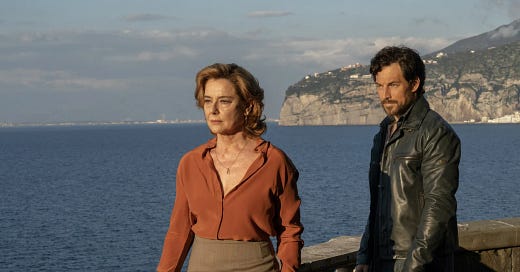



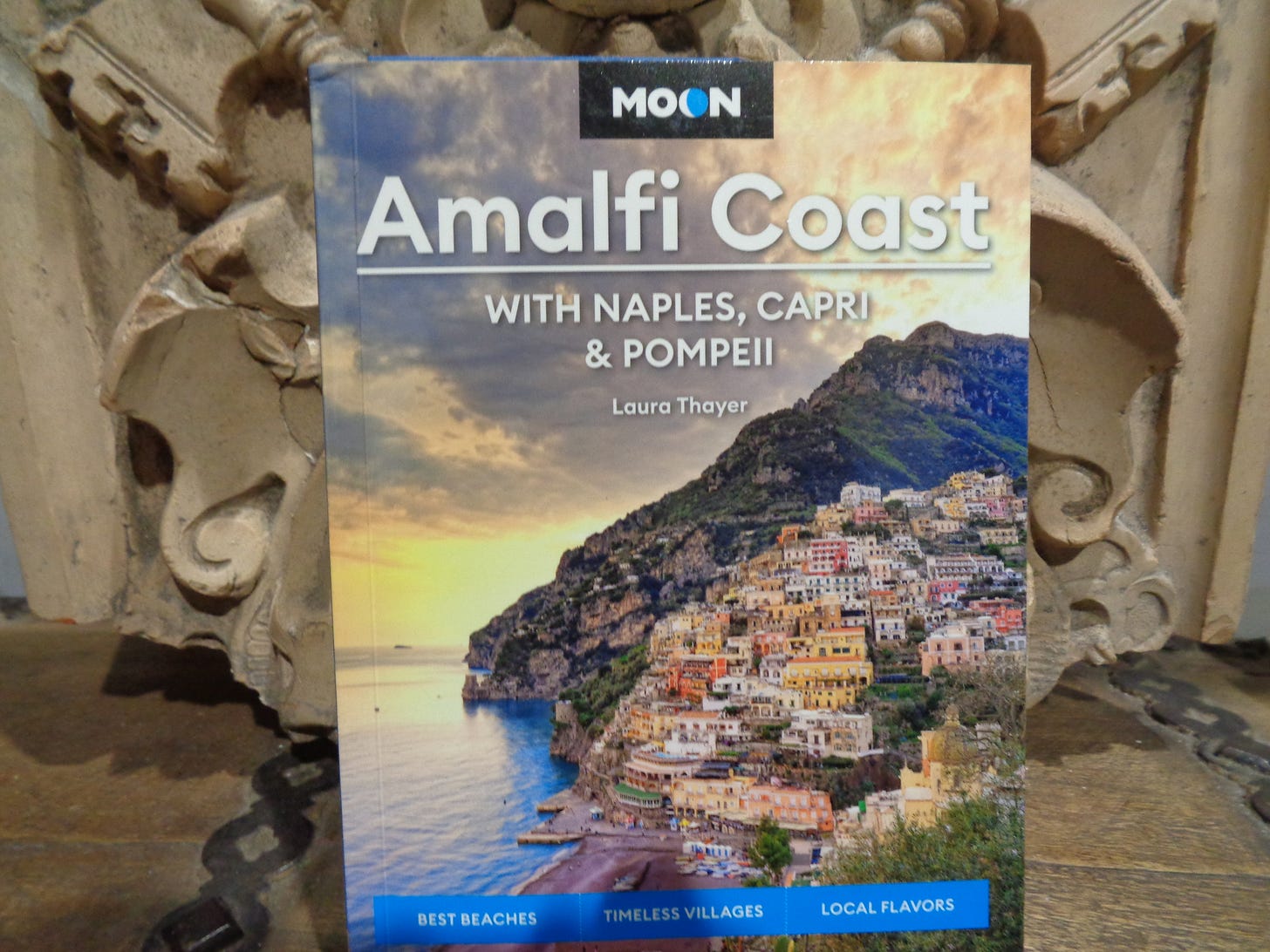
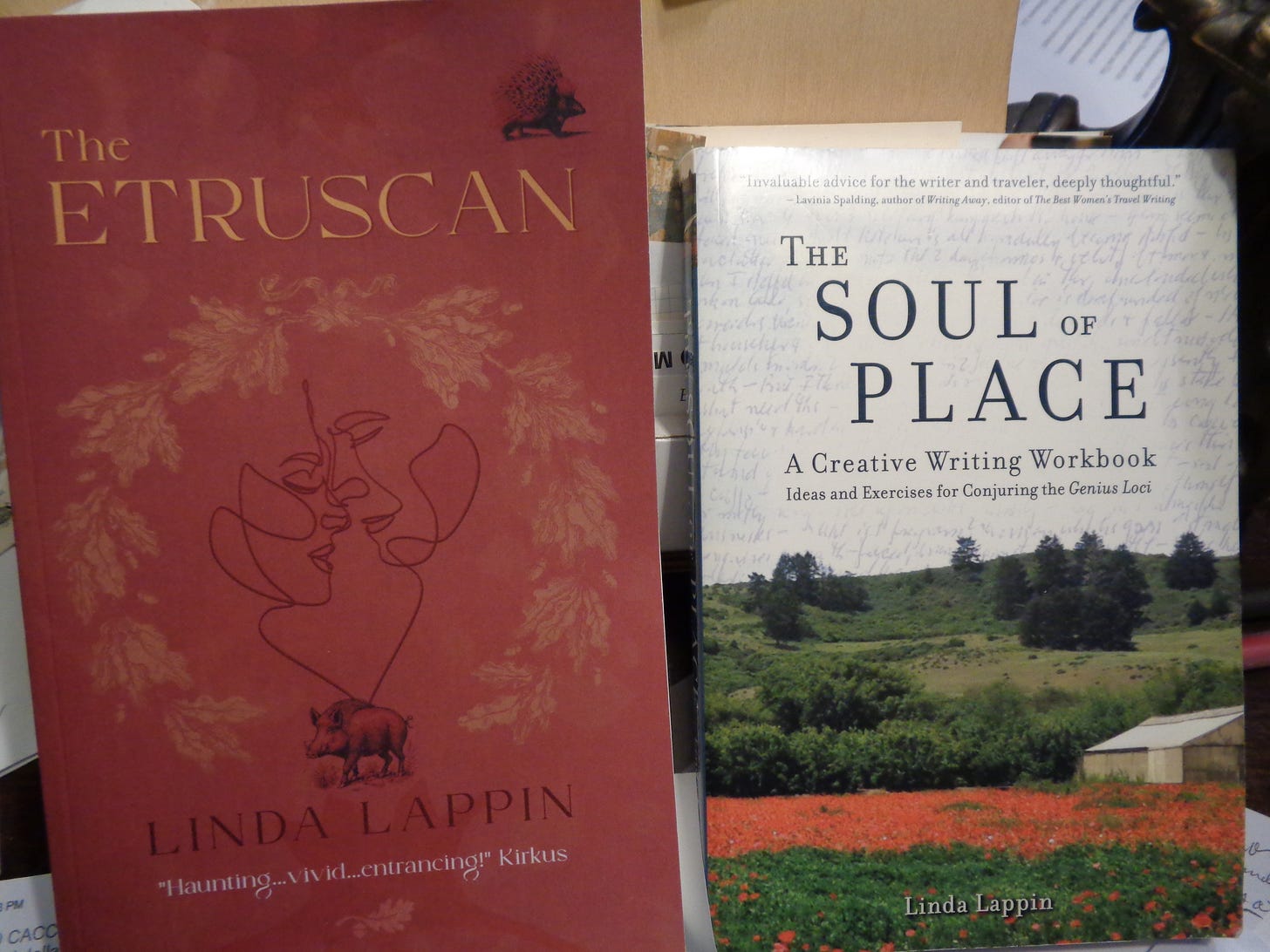
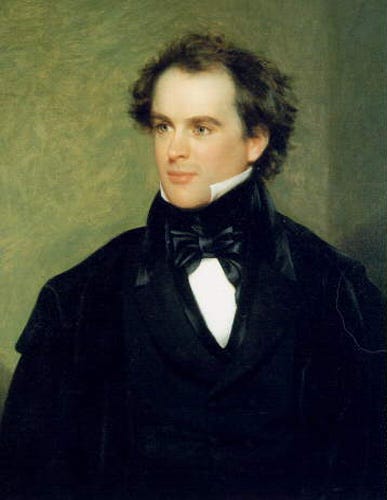
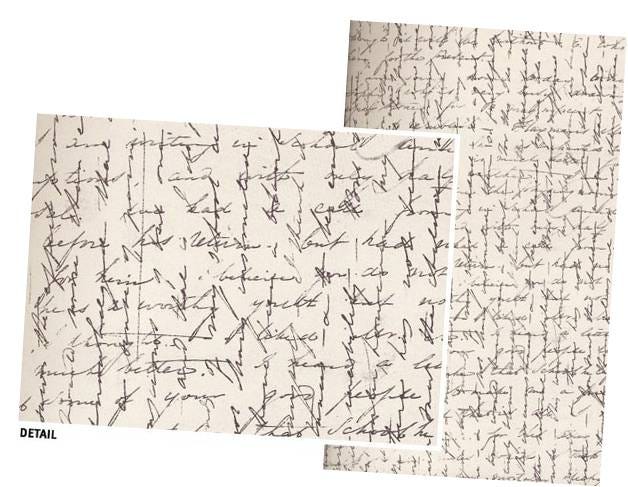
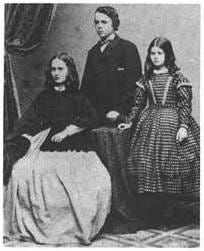
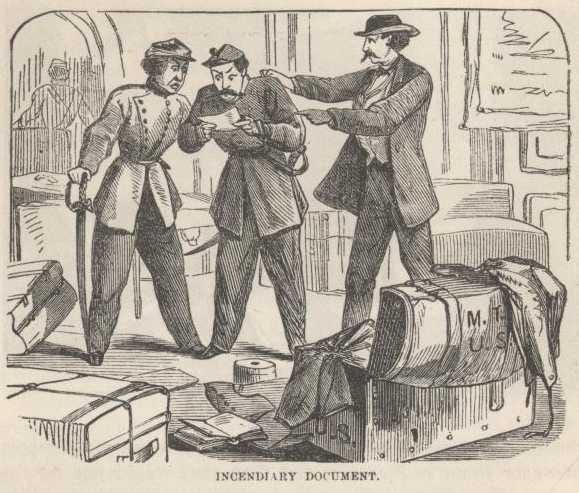
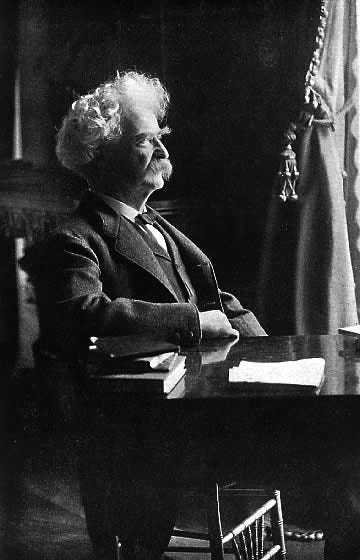

thanks x the mention in this interesting post
really interesting post. As a book reviewer/book blogger for books set in Italy, I am never suprised by how many authors set their books here. Italy has inspired literary creativity throughout history and there are as many notable English writers as American. Many of Shakespeare's plays were set in Italy, Charles Dickens visited and then wrote Pictures from Italy. DH Lawrence had a passion for all things Italian and wrote Twilight in Italy, (1916)